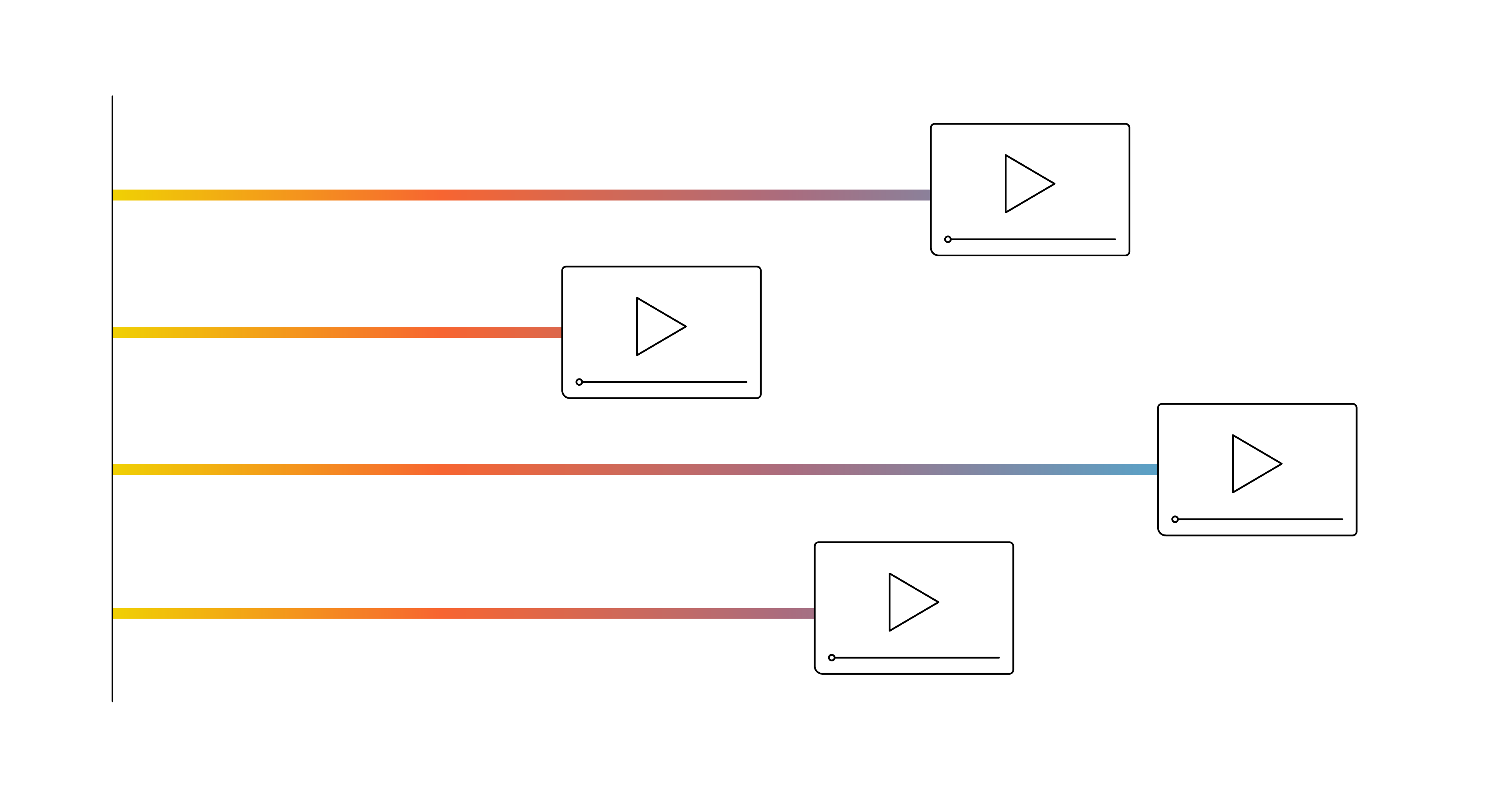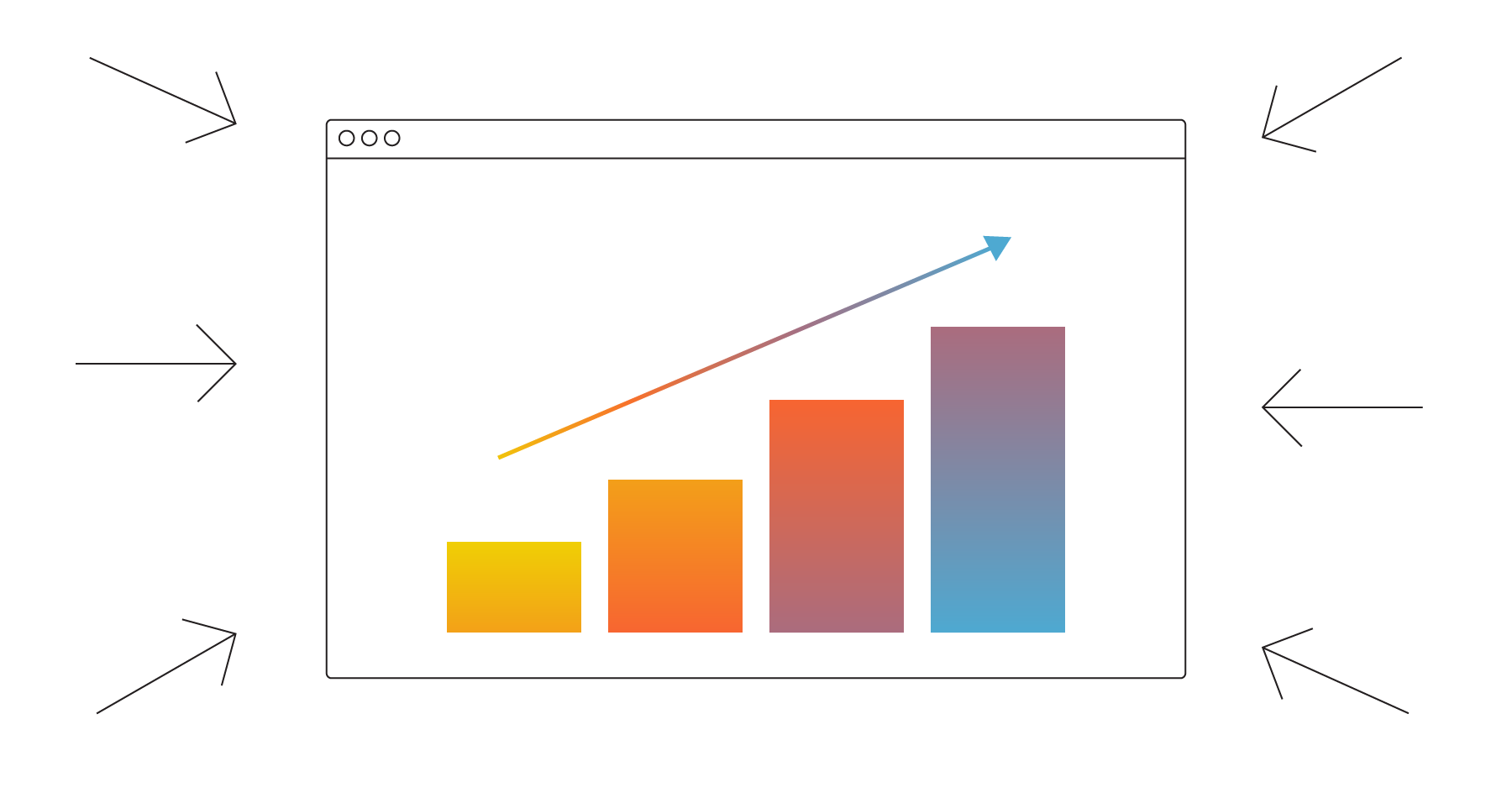Video KPIs: Do Your Metrics Match Your Business Model?
Marketing

Let’s be honest: content KPIs aren’t well understood.
Marketers track early-stage metrics like impressions and clicks, as well as later-stage metrics like leads and transactions. But many don’t track anything in between, let alone correlate content consumption with conversion.
Streaming content isn’t understood any better. In fact, Googling “video KPIs” produces mostly AI-written advertiser bait with answers like “video views” and “minutes watched.” Marketers clearly know what to track for content, but they don’t seem to know how to translate those numbers into business outcomes. Because if they did, they’d know those are metrics, not KPIs.
Key performance indicators (KPIs) aren’t just metrics. We know this because when our CMOs ask how a video performed, telling them how many views it got isn’t an answer. KPIs are goals. They’re metrics measured against other metrics or dimensions. In other words, a view isn’t a KPI, but views per week or views per user are. With this combination of metrics and desired goals or outcomes, you can use KPIs to set benchmarks, compare performance, and take action.
KPIs are why we track cost per lead (CPL) or customer acquisition cost (CAC), not just cost. The problem is many of us haven’t applied the same rigor to content, especially video. We’re still tracking video metrics without developing the video KPIs that can influence business decisions.
The good news is video KPIs are as easy to establish as any other. All you need to understand is the role of video in different business models.
Differences Between B2B and B2C Businesses
Business models vary less than we often think. For example, both rely on marketing KPIs related to cost and conversion or retention and value. However, their differences are usually expressed as simple binaries:
- B2B has a long sales cycle; B2C has a short one.
- B2B has a higher price point; B2C has a lower one.
- B2B sells to teams; B2C sells to individuals.
When it comes to content and video, the key difference between business models isn’t so polarized. It’s just a slight difference in the order of the buyer journey.
In B2C, buyers become aware of your product or service, consider it against other options, and then purchase it. It’s not until after they purchase it and use it for themselves that you nurture them into brand advocates. But in so doing, you effectively turn your own customers into salespeople—an invaluable step in both retention and acquisition.
In B2B, buyers technically become brand advocates before purchase. Due to the higher price point and multiple stakeholders, marketers have to convince prospects to become salespeople before ever handling the product (no wonder the sales cycle is longer).
While this difference is more subtle, it does have a greater effect on how to use and measure content.
The Role of Video in B2B and B2C
Comparing business models by sales cycle and price point often leads to misconceptions about video content.
Due to a longer sales cycle, you might think that B2B requires more content than B2C. Or that B2B’s higher price point necessitates higher production value. But these assumptions don’t address the fundamental difference in the buyer journey.
Because B2C buyers can own the product before becoming brand advocates, much of this stage in their journey is managed by the product itself. Every brand promise and every value proposition can be tried and tested as much as they want. If they’re satisfied, the business only has to empower them to share their satisfaction with others. The challenge is getting them to notice your product in the first place.
Consumers are inundated with options. Compared to B2B, B2C buyers often have to choose between many more similar brands or brands claiming better alternatives. In such a competitive environment, success rarely depends on product differentiation as much as market penetration. Thus, video’s role in B2C, first and foremost, is getting the buyer's attention.
Conversely, B2B buyers don’t get the chance to own the product before becoming brand advocates. Even with trial periods, samples, or demos, they can’t fully vet how well a product satisfies them before they’re expected to sell it to their colleagues. That means much of this stage in their journey has to be managed by the content.
As such, B2B buyers are sold outcomes, not products. They have to imagine how every aspect of a product fits into their business and solves their problems. Certainly, the trust built by the salesperson is essential. But that trust has to be built on an immersive experience that doesn’t just answer their questions, it inspires their ambitions. Thus, video’s role in B2B is engaging the buyer.
How to Set B2C Video KPIs
If getting the buyer’s attention is the primary role of B2C video, then the primary KPI is play rate.
Play rate is the number of views divided by the number of impressions. Impressions alone only tell you how many times your player was seen, which has more to do with your channel strategy than your content. Similarly, video views may tell you how many times your video was played, but that number is also dependent on your channel strategy.
Dividing views by impressions gives you a percentage of action—a proxy for attention. It can quickly tell you if you’re promoting the right product to the right audience, depending on your marketing strategy.
For example, Brightcove’s analytics allow you to break out video performance by traffic source, device type, domain, and country. These kinds of dimensions can help you refine your play rate benchmarks based on how you’re targeting your audiences.
To be clear, play rate should be your primary KPI, not your only one. No matter your business model, it’s always important to track trends and anomalies across multiple metrics. But play rate better correlates video’s role with B2C business goals than most conventional KPIs. If you’re looking for a more direct correlation, you could also invest in interactivity.
Interactive video gives B2C buyers a path to purchase within the video. It also gives B2C businesses the ability to correlate transactions with video content.
Using Brightcove Interactivity, you can quickly compare a video’s play rate against another valuable KPI: interaction rate. A high play rate but low interaction rate could mean the wrong product to the right audience. A low play rate but high interaction rate could mean the right product to the wrong audience. Measuring both is the best way to optimize your video marketing strategy for a B2C business.
How to Set B2B Video KPIs
If engaging the buyer is the primary role of B2B video, then the primary KPI is engagement.
Engagement is the average duration viewed divided by the total duration. Social platforms often show other numbers like minutes viewed or watch time, but these metrics are better at measuring overall channel engagement, not individual video engagement. Keep that in mind if you’re tracking them now. These metrics are KPIs for keeping your viewers engaged on someone else’s platform.
Dividing the average viewed duration by the total duration, however, gives you a percentage of interest in your video (not your host channel). It can quickly tell you if viewers are just browsing or primed to buy.
Brightcove’s analytics can be particularly useful for B2B businesses. Not only do dimensions like traffic source and country add useful context, you can break out performance by custom players. For example, B2B marketers know the importance of tracking user behavior by site subdomain, because today’s buyers want to research your products at their own pace. Granular, first-party data across your site is imperative, and assigning dedicated players to each subdomain is one of the best ways to get it.
Like B2C, engagement won’t be your only KPI, and tracking metrics like play rate can ensure your channel strategy is working. But knowing your leads are engaging with your video content is a great step towards correlating your marketing efforts with your business goals. An even better step is integrating your video platform with your MAP.
Marketing automation platform (MAP) integrations allow you to track video performance at the user level. Most importantly, they can provide a direct correlation between video engagement and closed won deals.
Using Brightcove Marketing Studio, you can trace the average engagement and total videos viewed by multiple users that culminated in won deals. Low average engagement and higher total videos viewed could mean your content isn’t clear enough. Similarly, high average engagement and lower total videos viewed could mean you don’t need as much content as you thought. Measuring these KPIs in conjunction with MAP data gives you a clear picture of how video content supports your business.
Centralizing Your Video KPIs
Knowing which metrics to track or which features will enhance them won’t matter if your video content and performance data are managed in multiple places. Centralizing your video marketing efforts with a single solution like Brightcove Marketing Studio can ensure your video KPIs are comprehensive enough to meet your business goals.
And while there are key metrics for different business models, every business is unique. It’s up to you to make sure your KPIs are tracking the right details. But to do that, you need full control over your video analytics, not the limited metrics social platforms offer.
Own your KPIs. Don’t let other platforms set your video KPIs for you.



